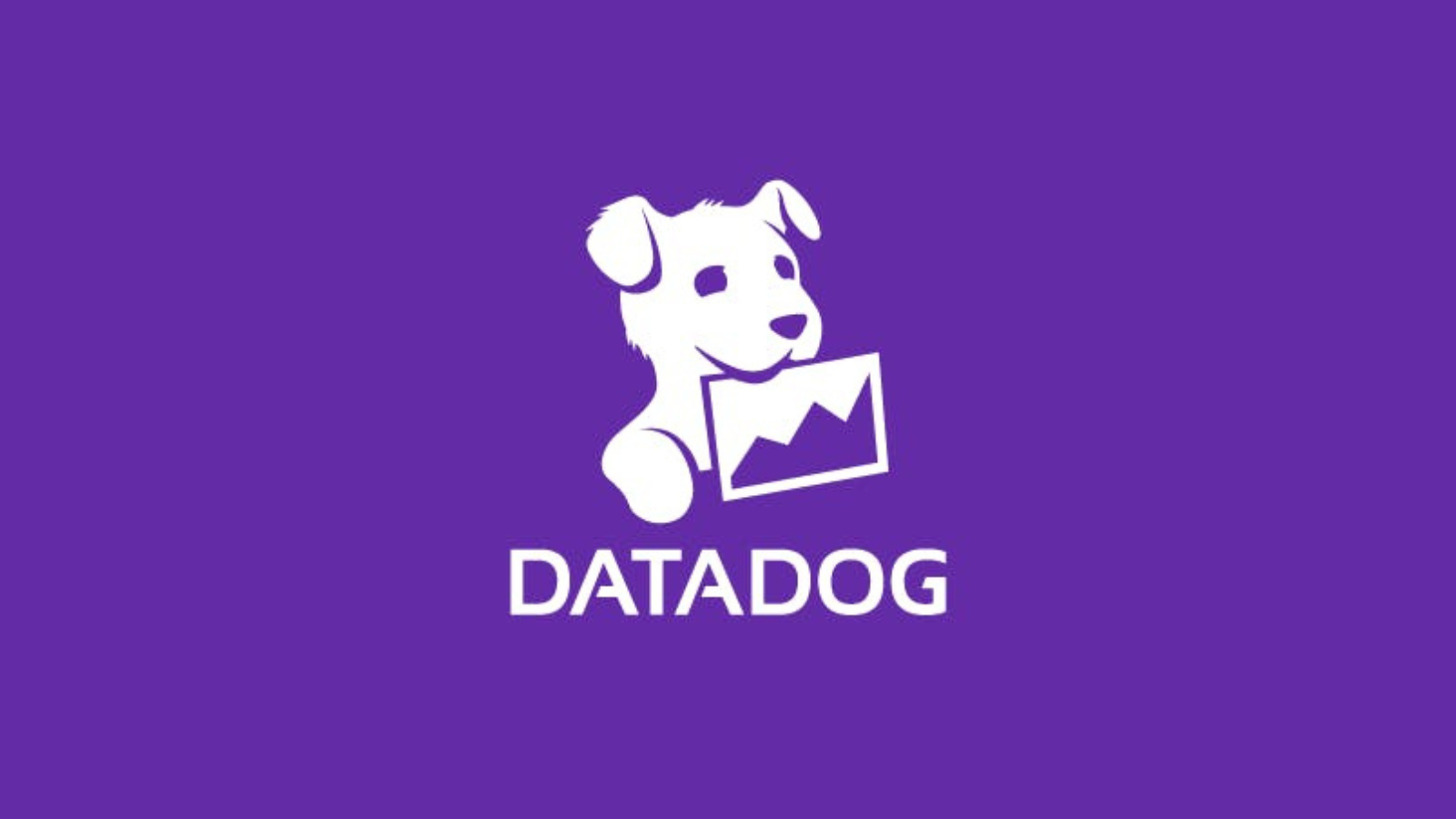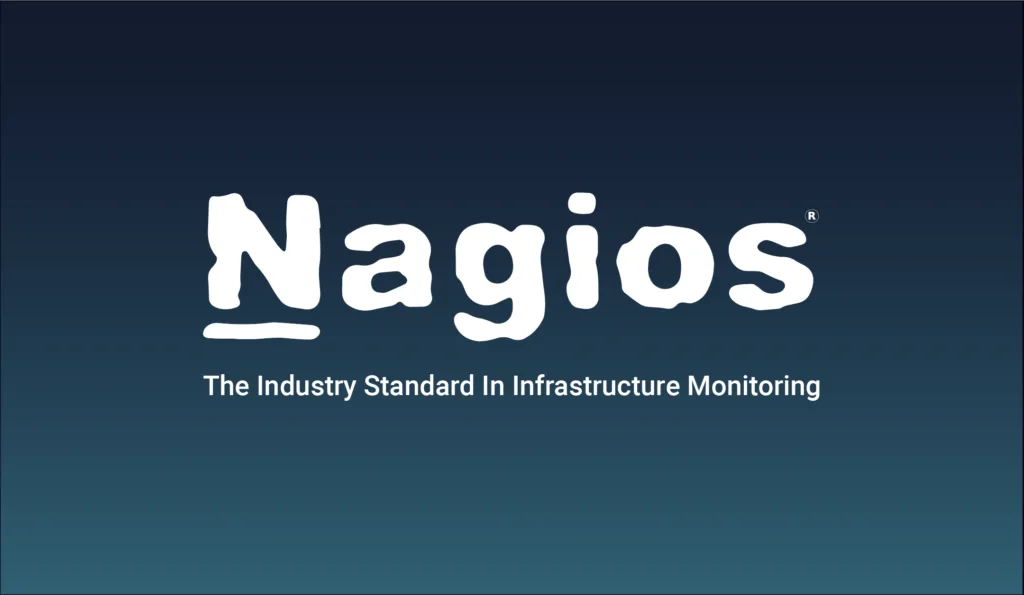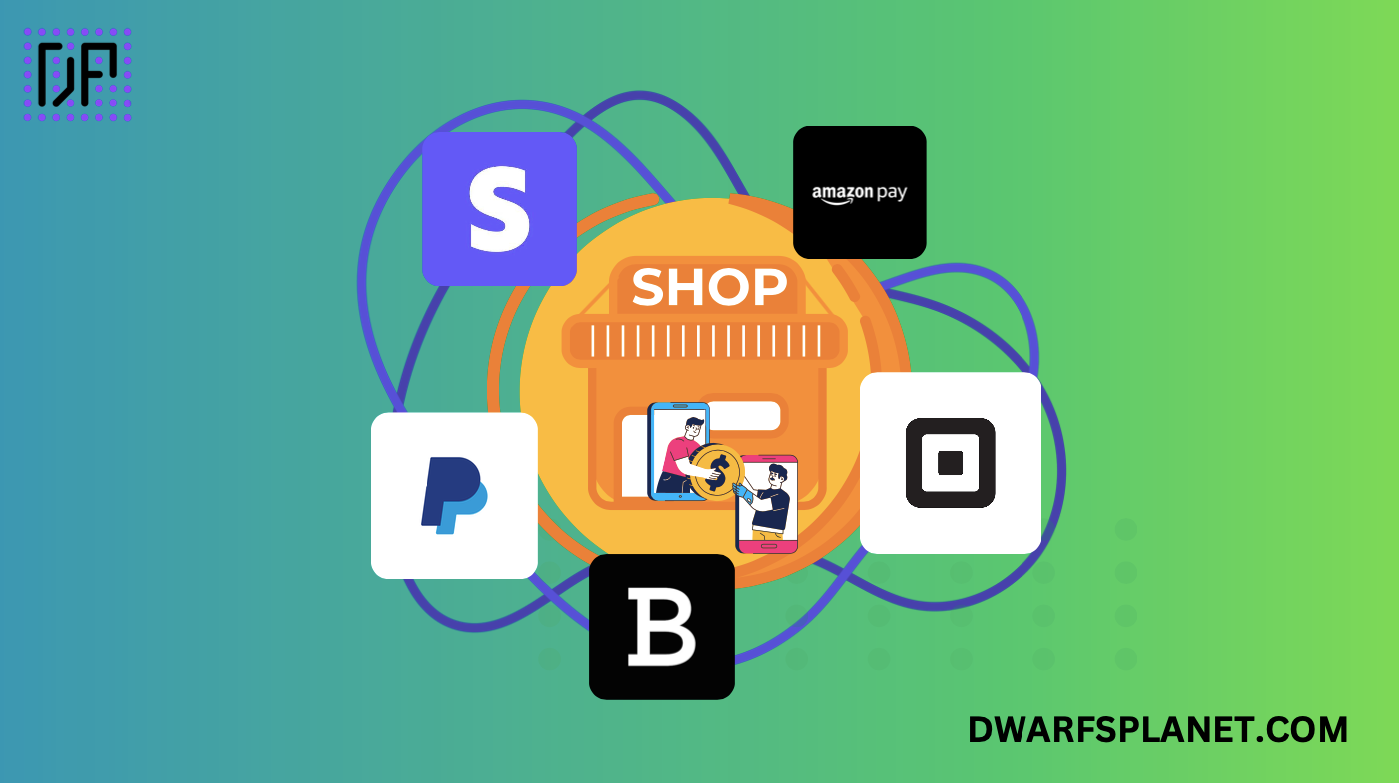Cloud-based network monitoring with full-stack visibility.
Datadog is a cloud-based monitoring and security platform designed to provide full observability into IT infrastructure, applications, logs, and security events. Known for its scalability and integration capabilities, Datadog is ideal for organizations that operate in dynamic, cloud-native environments and need to monitor and secure their entire tech stack in real-time. The platform offers features such as infrastructure monitoring, application performance monitoring (APM), log management, and security monitoring, making it a versatile tool for DevOps teams, security teams, and IT operations.
Key Features
- Infrastructure Monitoring: Continuously monitors servers, containers, and cloud services in real-time, providing instant visibility into the health and performance of your infrastructure.
- Application Performance Monitoring (APM): Tracks the performance of applications and microservices, helping teams identify and resolve issues quickly.
- Log Management: Collects, indexes, and analyzes log data from various sources, enabling deep insights into application and infrastructure activity.
- Security Monitoring: Provides real-time detection of security threats across the environment, with the ability to correlate logs, metrics, and traces for comprehensive threat detection.
- Customizable Dashboards: Offers interactive and customizable dashboards that allow users to visualize data in various formats, including graphs, charts, and heatmaps.
- AI-Powered Alerts: Generates intelligent alerts based on predefined thresholds and machine learning models, reducing alert fatigue and enabling faster incident response.
- Extensive Integrations: Supports integrations with over 450 technologies, including AWS, Azure, Google Cloud, Kubernetes, and Docker, ensuring comprehensive coverage across diverse environments.
Benefits
- Full Observability: Datadog provides deep visibility into your entire tech stack, from infrastructure and applications to logs and security events, enabling proactive management and rapid incident response.
- Scalability: The platform is highly scalable, making it suitable for organizations of all sizes, from startups to large enterprises with complex, cloud-native environments.
- Ease of Use: Datadog’s intuitive interface, customizable dashboards, and extensive integrations make it easy for teams to monitor and manage their environments effectively.
- Proactive Security: The platform’s real-time security monitoring capabilities allow organizations to detect and respond to threats quickly, improving overall security posture.
Strong Suit
Datadog’s strongest feature is its comprehensive observability across infrastructure, applications, logs, and security events, making it an ideal choice for organizations operating in dynamic, cloud-native environments.
Pricing
- Subscription-Based: Datadog is available through a subscription model, with pricing based on the number of hosts, containers, or events monitored. Free trials and various pricing tiers are available.
Considerations
While Datadog offers extensive monitoring and security capabilities, its cost can scale up quickly, especially for large environments with many hosts or containers. Additionally, while the platform is designed to be user-friendly, organizations with complex or legacy systems may need to invest time in integrating and configuring the platform to meet their specific needs.
Open-source network protocol analyzer for deep packet inspection.
Comprehensive network monitoring with real-time analytics.
Open-source tool for monitoring network infrastructure.
Summary
Datadog is a comprehensive cloud-based monitoring and security platform designed to provide full observability into IT infrastructure, applications, logs, and security events. Its scalability, ease of use, and extensive integration capabilities make it an excellent choice for organizations operating in dynamic, cloud-native environments that need to monitor and secure their entire tech stack in real-time. However, the cost can scale up quickly for large environments, and organizations may need to invest time in integrating the platform with complex or legacy systems.














